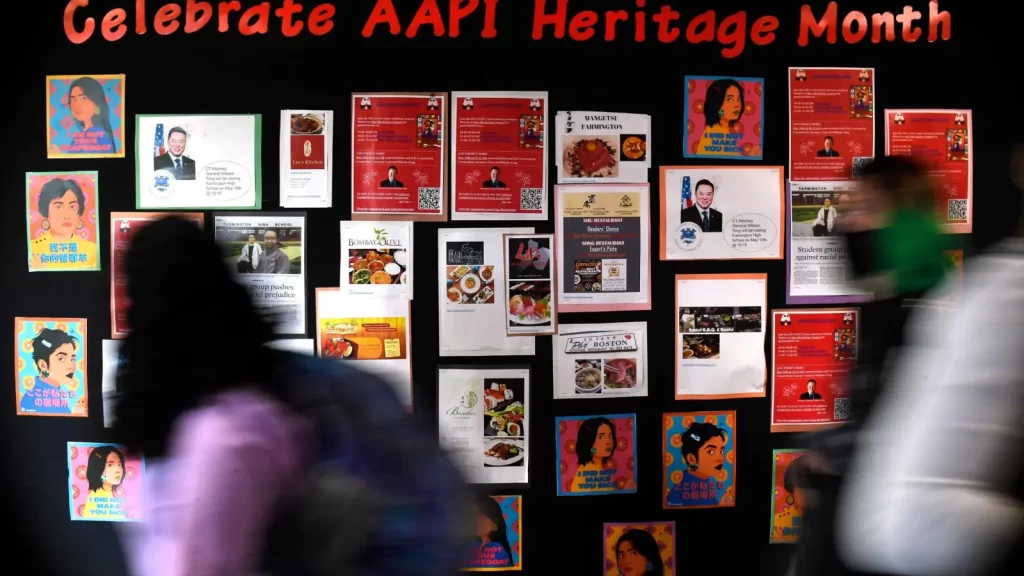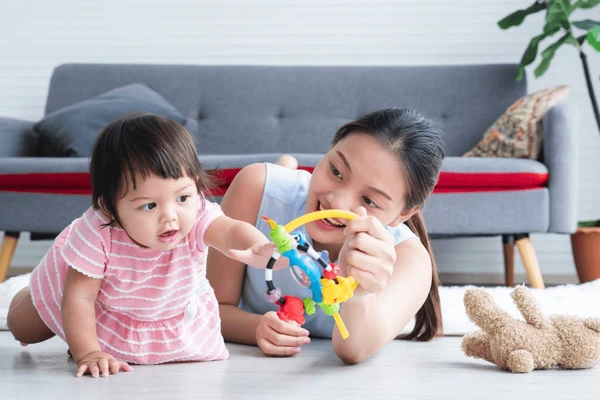We like to think of our children as kind, gentle, and good-hearted — the kind of kids who’d never hurt anyone.
We picture them sharing snacks, saying sorry first, standing up for the quiet kid. So when we hear they’ve been unkind, or worse, bullying others, something in us shatters.

It’s jarring. It’s disorienting. And it forces us to step outside the version of our child we hold close, and look at what’s really going on.
This isn’t about shame. It’s about understanding. Because children who lash out are often carrying pain of their own — and that pain doesn’t get smaller if we ignore it.
How Do I Know If My Child Might Be a Bully?
Sometimes the signs are obvious. Complaints. Suspensions. Angry outbursts. But often, they show up quietly:
- Does your child try to control who gets included?
- Do they tease “for fun” but hate being teased back?
- Are they fixated on popularity or status?
- Do they seem emotionally flat when someone else is hurt?
At the root of bullying behavior is often disconnection. From empathy. From regulation. And sometimes, from you.
Why Children Bully: The Psychology Behind the Push
No child is born a bully. Bullying is a behavior, not a personality. And it often grows out of pain.
Some common reasons children bully:
- A need for control. When kids feel powerless in life, dominating others can feel like strength.
- Learned behavior. If teasing or yelling is normalized at home, kids adopt it without question.
- Low self-worth. Putting others down becomes a way to feel “better” for a moment.
- Poor emotional regulation. Kids who are impulsive or anxious often lash out without meaning to.
- Peer pressure. Joining in becomes a way to avoid becoming the next target.
What to Do When You Find Out
1. Pause the Shame
Your child’s behavior is not a verdict on your worth as a parent. Shame clouds judgment. Step back, breathe, and choose to respond instead of react.
2. Ask, Don’t Accuse
Instead of “Why would you do that?” try:
“I heard there was a situation at school where someone got hurt. Can you tell me more?”
Open the door. Then listen. Their answer might surprise you.
3. Make Space for Emotions
If your child is angry or shuts down, stay near. This is not the time to lecture. This is the time to understand.
Even if the behavior was intentional, it’s often a surface-level response to something deeper. A need to feel seen. Safe. In control.
Correcting Without Crushing
You can guide your child without shaming them.
- Be specific. Say: “Telling someone they can’t play isn’t kind. What can you say next time instead?”
- Practice together. Run through common situations. Give them language to replace impulse.
- Repair matters. Have them choose how to make things right. A letter. An invitation. A kind gesture.
- Hold boundaries. If they’re bullying online, remove access to screens. If it’s happening with a certain group, create space from that dynamic. Follow through, but explain the why.
Look at Home First
Sometimes the hardest question is the most important one.
What is your child learning from home?

Are there frequent put-downs, sarcasm, or yelling? Do siblings mimic that behavior? Are your arguments with your partner full of blame and dismissal?
You don’t need perfection. But you do need a home that models kindness. A place where mistakes are met with repair, and feelings are allowed to be felt.
How to Prevent Bullying From the Start
- Teach feelings early. Use words like sad, frustrated, excited, overwhelmed. Emotional literacy is a skill.
- Celebrate effort, not dominance. Praise cooperation. Kindness. Inclusion.
- Talk about fairness. Even young children understand power. Help them see when it’s being misused.
- Tell stories that build empathy. Read books about kids who hurt and heal. Ask how the characters felt and why.
When to Seek Help
If the behavior keeps happening or feels bigger than you can handle, reach out. Therapists can help kids put words to things they don’t understand yet. They can also help you figure out what kind of support your family needs.
Therapy isn’t a punishment. It’s a tool for healing.
The Takeaway: You Still Have a Good Kid
Being told your child hurt someone else is one of the loneliest feelings in the world. But it’s not the end of their story.
You are not raising a villain. You’re raising a person.
One who is learning how to hold both power and vulnerability.
With presence, love, and structure, you can teach them that strength doesn’t come from controlling others. It comes from understanding yourself. From lifting others up. From being brave enough to grow.








